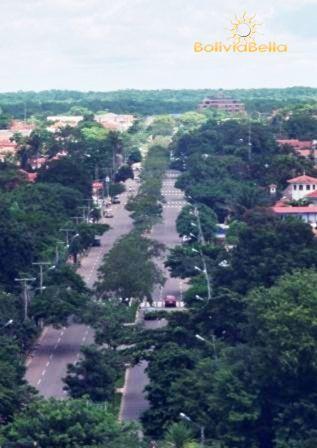|
Bolivian Roads and Driver Safety Driving and traffic in Bolivia can be quite hazardous for the inexperienced, but with some prior preparation and knowledge, you can avoid trouble while driving here. First of all, be aware that physically, conditions of the road infrastructure itself can be quite different here than in your country of origin. Most highways between major cities are paved, however, many of these run through very high mountains. Falling rocks and landslides are a common occurrence. Additionally, some mountain highways are very narrow, with some areas being only one lane wide. In these areas, traffic going one way is required to stop along the edge of the road to allow the traffic coming in the other direction to pass. You'll find there are portions of the road that are slightly wider, just wide enough for one vehicle to move over and the other to pass. These passing zones occur every few miles. Road blocks by protesters are another common occurrence. As a foreigner, whether you are resident of Bolivia or a tourist, you should never attempt to cross through a road block as protesters may become violent.
In the Northern and Eastern tropical regions of Bolivia, mountain roads and passes give way to miles and miles of flat terrain. Here the highways tend to be less damaged, wider, and safer to drive. The danger here is flooding. During the rainy season, tropical storms are thunderous and downpours can cause flash floods in minutes. Much of the land is red and clay-ish and does not absorb water quickly. This is a hazard to be aware of during 2-3 months of the year, usually between December and February. Protests and road blocks are less common here, but not unheard of. The distances between cities in Eastern Bolivia are also much longer. You should be prepared with food, drinks, and even an extra canister of gasoline as you may drive hours between gas (petrol) stations. Bolivia has about 43,000 kilometers (26,720 miles) of highways of which only 2,000 kilometers (1,242 miles) are paved. In recent years, Bolivia has made highway construction and maintenance a priority, but many still do not have guardrails, lighting, shoulders, fencing, and other safety features. Signage is minimal. Gas stations are few and far between on interdepartmental highways. There are frequent police checkpoints called 'trancas' one must pass through. Most double as toll booths. 
In larger cities, like Santa Cruz, La Paz, and Cochabamba, most streets and avenues are paved and lighted within a few miles radius of the center of the downtown area, but as you near the outskirts of town, fewer and fewer are, and you will encounter many dirt roads (which become mud roads during the rainy season). You are required to have a driver's license and insurance to drive legally in Bolivia, and it is your obligation to learn about national and local traffic laws and to speak Spanish. You are responsible for any violations or accidents you may have caused and ignorance of the law is not normally accepted as an excuse. You can acquire an international driver's permit for short-term driving here, but you must apply for a Bolivian driver's license if you are not here on a tourist or other short-term visa, of if you extend your stay, and of course, if you are a resident . By law, you must be at least 18 to drive. You should always be aware of road conditions as well as weather conditions. Sudden changes in weather, such as rain and storms, can rapidly deteriorate road and driving conditions. If you buy or rent a car, a 4x4 or other vehicle with a high chassis is advisable because of these flash floods. Plan and know your route before you begin to drive, to avoid running into detours, getting lost, or having to stop to ask strangers for directions. Bolivian road maps (mapas viales) and city maps (planos de la ciudad) are not always very well made nor frequently updated. On the website of the ABC (the Bolivian road authority) you will find a map of the main highways in Bolivia, and another map showing the updated and current road conditions nationwide (including road blocks and construction) areas. In addition, you can see maps of the main highways and secondary roads in each of Bolivia's nine states.     |
